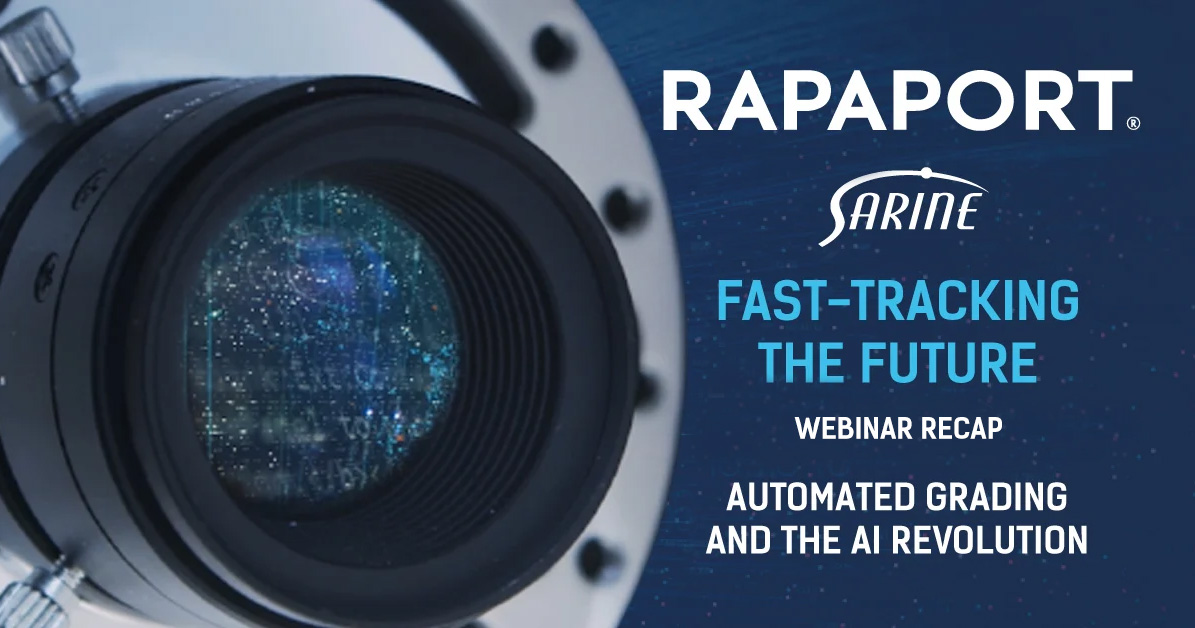If you aren’t convinced that eGrading plays an essential role in the diamond industry, your opinion is about to be swayed. This recap of the Fast-Tracking the Future webinar’s third installment titled 'Automated Grading and the AI Revolution' delves deep into the role that automated diamond grading plays for the manufacturer and retailer, as well as the transformative effect it has on the diamond industry as a whole.
With Rapaport’s News Editor Joshua Freedman stepping in at moderator, the webinar’s panelist included Andrew Rickard, Vice President of Operations, RDI Diamonds, Pritesh Patel, Chief Operating Officer, Gemological Institute of America (GIA), Nitin Kumar Dhadda, Chief Manufacturing Officer, KGK and Sarine CEO David Block.
What is eGrading?
The webinar kicks off with a thorough explanation by Sarine CEO David Block on what eGrading is. Diamond grading that is accomplished through AI powered automation instead of the traditional manual process. When it comes to grading a diamond, it’s able to efficiently and accurately grade a variety of paraments, which include the 4Cs and beyond.
Whereas manual grading can fall short due to organic inconsistencies like lack of sleep, mood and aging, AI-based grading is always consistent and accurate. However, the webinar quacking reveals that the effects of eGrading go far beyond the grading itself, it is empowering the entire diamond pipeline.
Accuracy and efficiency in manufacturing
One of the webinar’s key moments is when Joshua Freedman asked Nitin Kumar Dhadda (KGK) if he felt more comfortable selling diamonds that were graded by human’s or by AI-based technology. His answer might surprise some of the more traditional people in this industry. Nitan responded by saying that AI was the better option, especially given that it’s an in-house solution.
He also delved into the benefits of finally having accurate gems. With manual grading, there could be a 30% to 40% difference between the planned stone and the certification. An AI-based grading would be significantly more precise. So, not only would it greatly decrease the likelihood of any unfortunate surprises down the pipeline, but it would significantly reduce the chances of losing money.
When addressing a complete adaptation to eGrading within his company, Nitan Kumar Dhadda stated that in-house grading at the manufacturer would result is a drastically improved workflow. One also has to keep in mind that the accuracy level and the intelligence of these AI-based solutions are only improving, so adapting them can only bring huge benefits.
%20(2000%20x%201080%20px)%20(4).png?width=2000&name=Untitled%20(500%20x%201080%20px)%20(2000%20x%201080%20px)%20(4).png)
Consistently accurate or just consistent?
Surprisingly, Pritesh Patel, Chief Operating Officer at the Gemological Institute of America (GIA) did not deny the leaps and bounds that AI has accomplished in the diamond industry. However, he did express that technology isn’t at a point of advancement where we can fully depend on it across the pipeline.
Pritesh Patel stressed the importance of reaching the combination of what machines can do and what people can do. According to Mr. Patel, in some facets of the diamond industry, people were still far superior to technology. He said this and placed a special emphasis on smaller stones.
However, Mr. Patel did agree that in terms of grading, technology will be more consistent, especially when considering its machine learning abilities. He then said that consistency by way of machine learning will only be as good the data that is fed into it and the information that it takes in. With customer protection in mind, GIA wants to delve into AI technology, but wants to make sure that it’s taught based on the standard GIA set decades ago, because consistency isn’t enough, they want the right consistency.
%20(2000%20x%201080%20px).png?width=2000&name=Untitled%20(500%20x%201080%20px)%20(2000%20x%201080%20px).png)
Improving your product with AI
The need for eGrading was further pushed when Andrew Rickard, Vice President of Operations, RDI Diamonds elaborated on the role AI plays in the retail sector. To start, he talked about how AI-based grading allows retailers to present the end consumer with a more accurate and consistent product, which should always be of utmost importance. What ultimately caused RDI Diamonds to move in the direction of AI, were the frustrations they were constantly being presented with by manual grading.
There were not just frustrations when it came the consistencies of a diamond’s grade, but also when it came to similar grades and how they were represented online. There was just such a need by customers and retailers for a situation where the diamond actually matches the document it came with.
Since embracing AI, he’s seen significant growth with his brand Rare & Forever due to the level of consistency that he’s able to deliver.
-3.png?width=596&name=Untitled%20design%20(2)-3.png)
David Block addresses all grading entities with a challenge
Perhaps the most eye-opening moments during the webinar was when David Block addressed all the grading entities and labs in the world with an open challenge. In his own words, he stated, “Technology is way more consistent than manual grading. In fact, I’m so sure about that, I’m willing to challenge any entity or any grading lab to compare manual grading to technology. So, there is a dramatic difference in terms of consistency.
Technology is consistent. Manual grading is as consistent as the training of the graders and the capabilities and processes within the lab, but it’s not entirely consistent, just as Andrew mentioned. So, technology in terms of consistency is way beyond anything that can be done manually and as I said, I’m opening up a challenge to any grading lab in the world to challenge us with that, we can check it by third party.”
David went on to further discuss what eGrading can accomplish that would be too complex and extremely time consuming for manual grading. For example, its ability to evaluate diamonds beyond the 4Cs. When it comes to trading diamonds, the criteria that measures a diamonds worth not only considers the 4Cs, but also a number of other parameters like tinge, milkiness, fluorescence, Black in Table and Black in Crown. In a move that revolutionizes the diamond industry, AI-based grading making evaluating those parameters a reality with little hassle.
While this recap unfortunately can’t cover everything that was discussed in relation to the AI revolution down the diamond sector, you can always listen to the complete webinar HERE.




-1.jpg?width=310&name=blog_image%20(003)-1.jpg)





